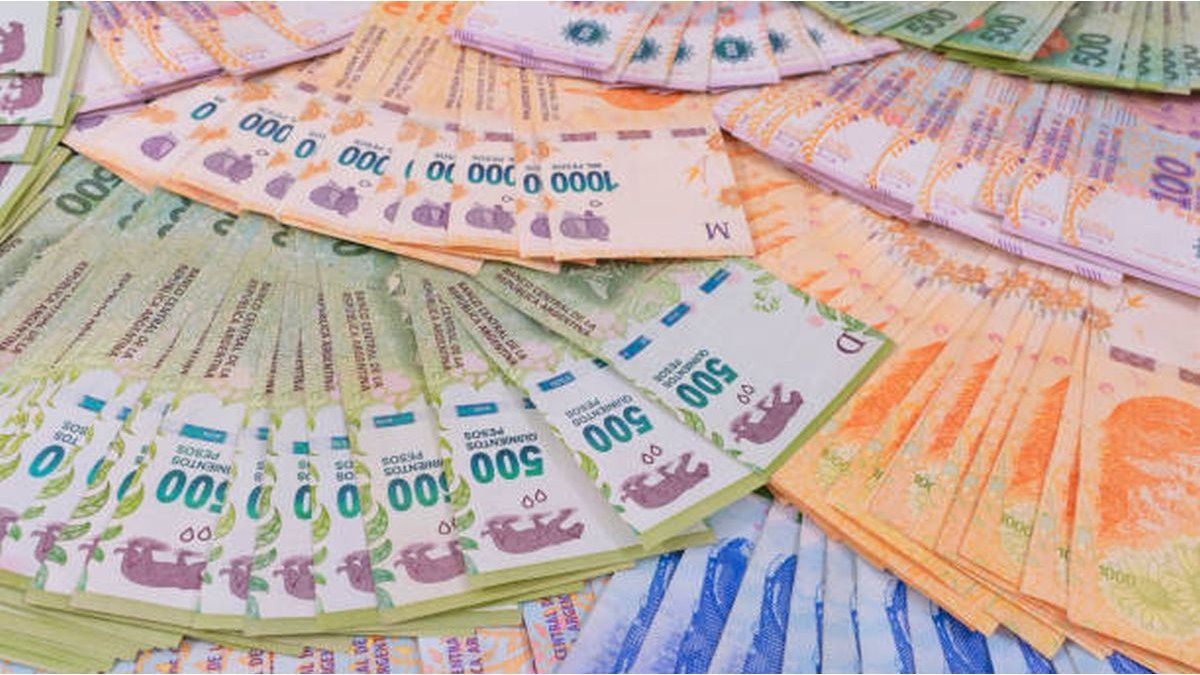As anticipated by Ámbito, this Thursday, the Central Bank kept the traditional fixed term rate unchanged. The move came after the National Institute of Statistics and Census (INDEC) would make known the Consumer Price Index (CPI) May, which, in line with what the Government expected, was located at 7.8%, close to the data that the inflation indicator for the City of Buenos Aires had produced, which was 7.5%.
Given this result, the market wondered what the market would do now. Central Bank (BCRA) with the traditional fixed term rate. And, this Thursday, the response from the monetary regulator arrived, confirming the City’s expectation.
“The Directory of Central Bank of the Argentine Republic (BCRA) kept the monetary policy rate unchanged”, says the statement released by the entity. And it explains that this responds to the fact that, in May, monthly inflation slowed down compared to the previous month, in line with the forecasts of the monetary authority.
They also indicated that “the various high-frequency indicators of wholesale and retail prices monitored by the BCRA suggest, so far in June, an additional slowdown in the rate of growth of prices”. Which means that the inflationary outlook, going forward, is also positive.
Fixed term: why the BCRA does not raise the rate
As explained by the economist from the University of Avellaneda Pablo Ferrari to Ambit, this decision is due to the fact that, in this last period, the logic of the Central was to increase rates only if the CPI grew: “the level of rates was a consequence of the level of inflation,” he summarizes. And he explains that what happened now is the following:
- In the first place, the CPI in May not only did not grow but also decreased compared to the previous month.
- Secondly, it has been months since the effective monthly rate (TEM) of a traditional fixed term did not exceed the CPI, as it is currently, which is one of the policy objectives for, from this approach, trying to stop the purchase of dollars.
Consequently, Ferrari considers that the decision “is consistent with current logic.”
Fixed term and inflation
In other words, after the increase made in May, the reference rate reached 97% for fixed terms and 154.28% effective per year, which, in monthly terms, is equivalent to a yield of 8% (TEM) and the slowdown in inflation made the Central Bank, led by Miguel Pesce, decide sustain rate level this Thursday and not make changes to it, as expected.
Thus, the economist Fedrico Glustein observes regarding not raising rates that it is “a response to the market and is to equate the effective annual yield with annualized inflation: if 145% to 150% inflation is expected in the year, the TEA must be located in those profiles, at 97% TNA, 154.9% TEA and 8% TEM”.
At this point, Glustein points out that TEM is slightly above inflation of the previous month, but warns that, given the expectations, it would remain in line with what was expected for the next month, with chances of a small drop to match the TEA with the expected year-on-year. And it is that the inflation outlook for next month is positive and there could be a slowdown in the CPI again in June.
Is it a good decision not to raise rates?
“Probably what will happen is that, seeing the tenders, which according to the government were successful, and adding some prospects for the future, for next month it may suggest a slight drop to reach 7.5% of TEM, with 90% TNA”, anticipates Glustein.
However, in his opinion, taking into account that there are two months left for the elections and that the portfolios are looking for future profitability, considers leaving rates unchanged at this time risky because they consider that it is a measure that stimulates dollarization. Thus, in his opinion, it would have been a good decision to make a slight upward adjustment to give a signal to the markets ahead of the primary elections to gain confidence.
Meanwhile, other voices suggest that it is a measure that leaves room for the BCRA to react in the future with new rate hikes if needed. One of them is Santiago Manoukian, Ecolatina economist, who argues that you no longer need to upload it this month because, now, it was slightly above that index (0.2 percentage points).
“The data for May is a surprising positive indicator and allows the BCRA to save a margin to raise rates again in the face of a possible dynamic of the complex exchange rate gap ahead of the elections”, says the analyst.
Source: Ambito




